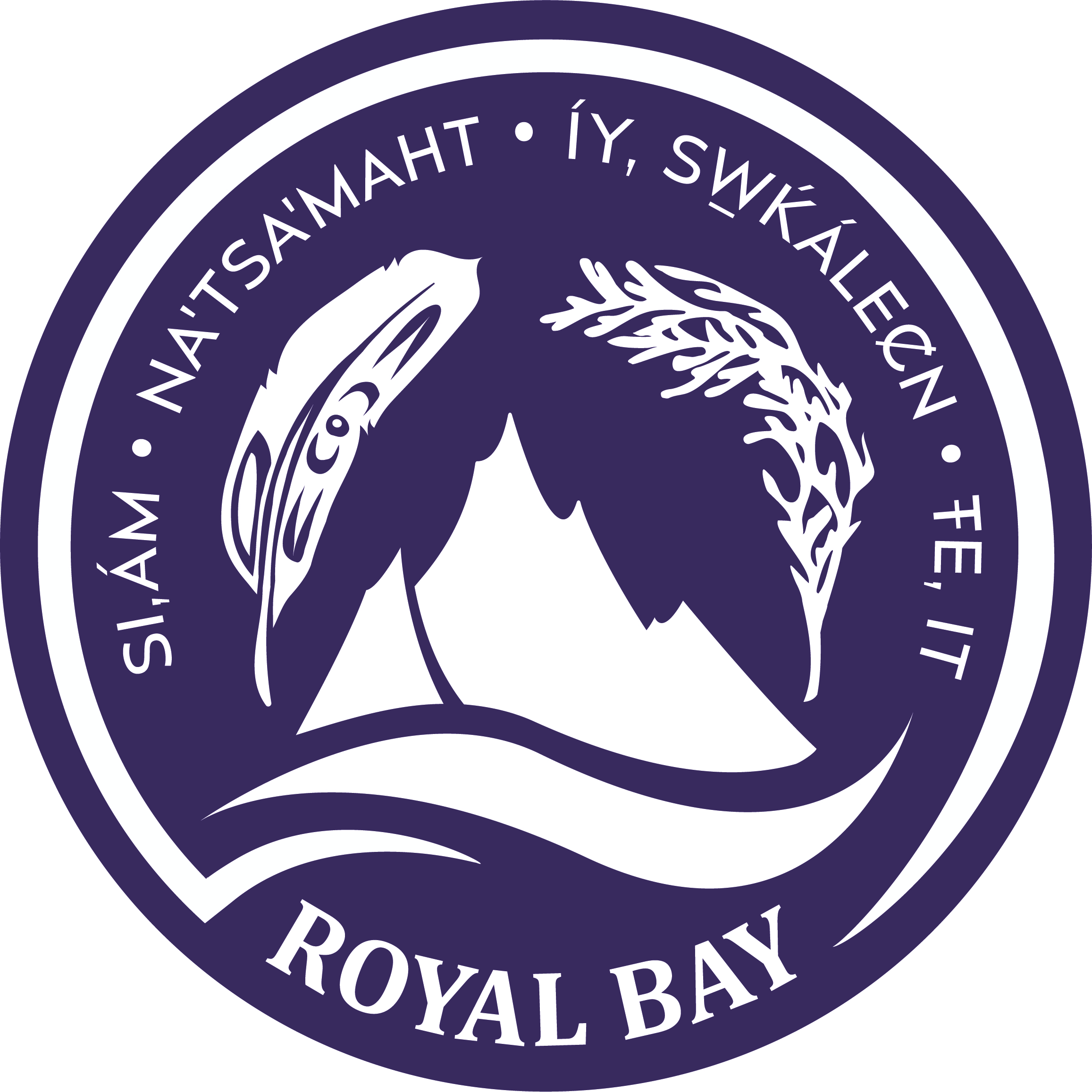Why ADST?
The ability to design, make, acquire, and apply skills and technologies is important in the world today and key in the education of citizens for the future.
At Royal Bay Secondary, the applied Design, Skills, and Technologies (ADST) curriculum is an experiential, hands-on program of learning through design and creation that includes skills and concepts from traditional and First Peoples practice; from the existing disciplines of Business Education, Home Economics and Culinary Arts, Information and Communications Technology, and Technology Education; and from new and emerging fields. It fosters the development of the skills and knowledge that will support students in developing practical, creative, and innovative responses to everyday needs and challenges.
The Design Process
Design involves the ability to combine an empathetic understanding of the context of a challenge, creativity in the generation of insights and solutions, and critical thinking for analyzing and fitting solutions to context. To move from design to final product or service requires skills and technology.
In the ADST curriculum, students grow through the use of design thinking principles. This approach helps them gain understanding of how to apply their skills to both finding challenges and solving them in creative ways, using appropriate technologies for the task at hand.
Graduation Requirement
In order to graduate, all students must have a Arts Education and/or an Applied Design, Skills, and Technologies 10, 11, or 12 course (4 credits).
Features of the curriculum
The ADST curriculum offers:
- a focus on designing thinking principles, the acquisition of skills, and the application of technologies
- multiple methods of delivery that can be offered in different ways at different grade levels
- curriculum that encourages the use of a range of approaches to support student learning in the manner best suited to their diverse abilities
- Curricular Competencies that offer logical growth along a continuum, to provide a consistent and continuous focus for both students and teachers on the “doing” aspect of the curriculum, and to encourage student metacognition
(Ministry of Education, n.d.)
